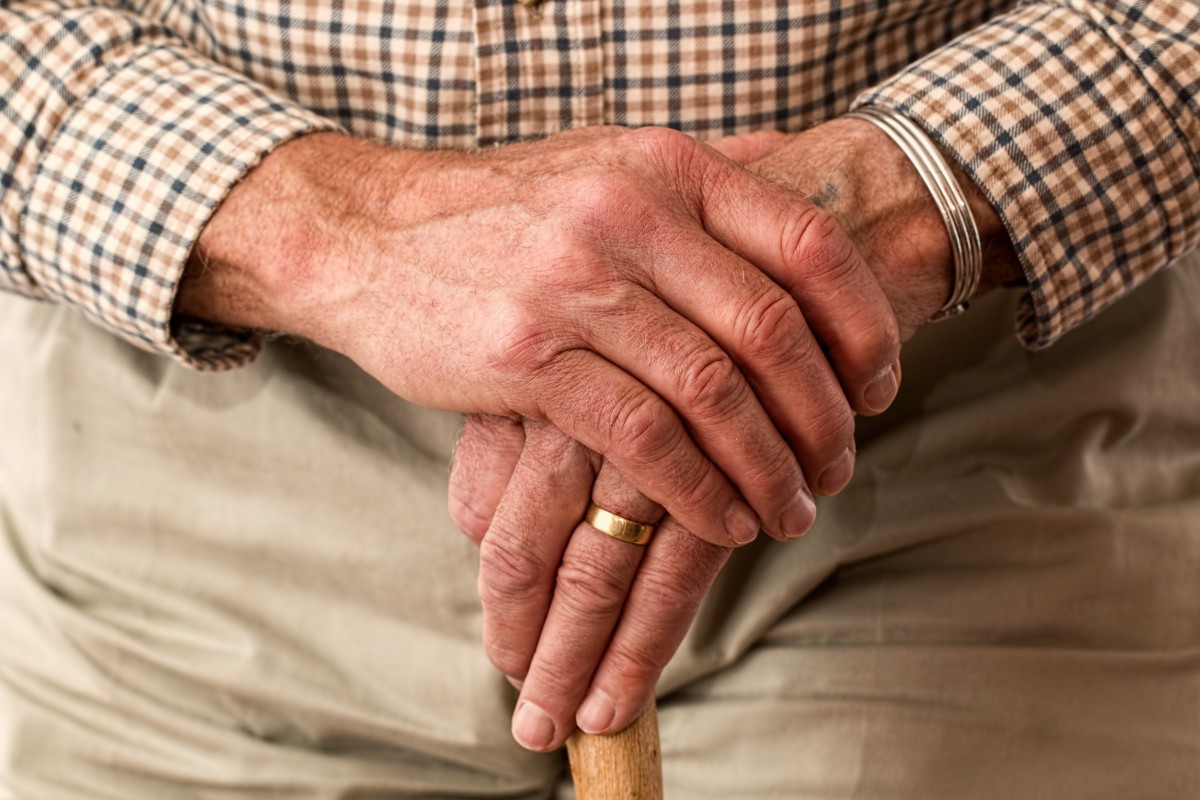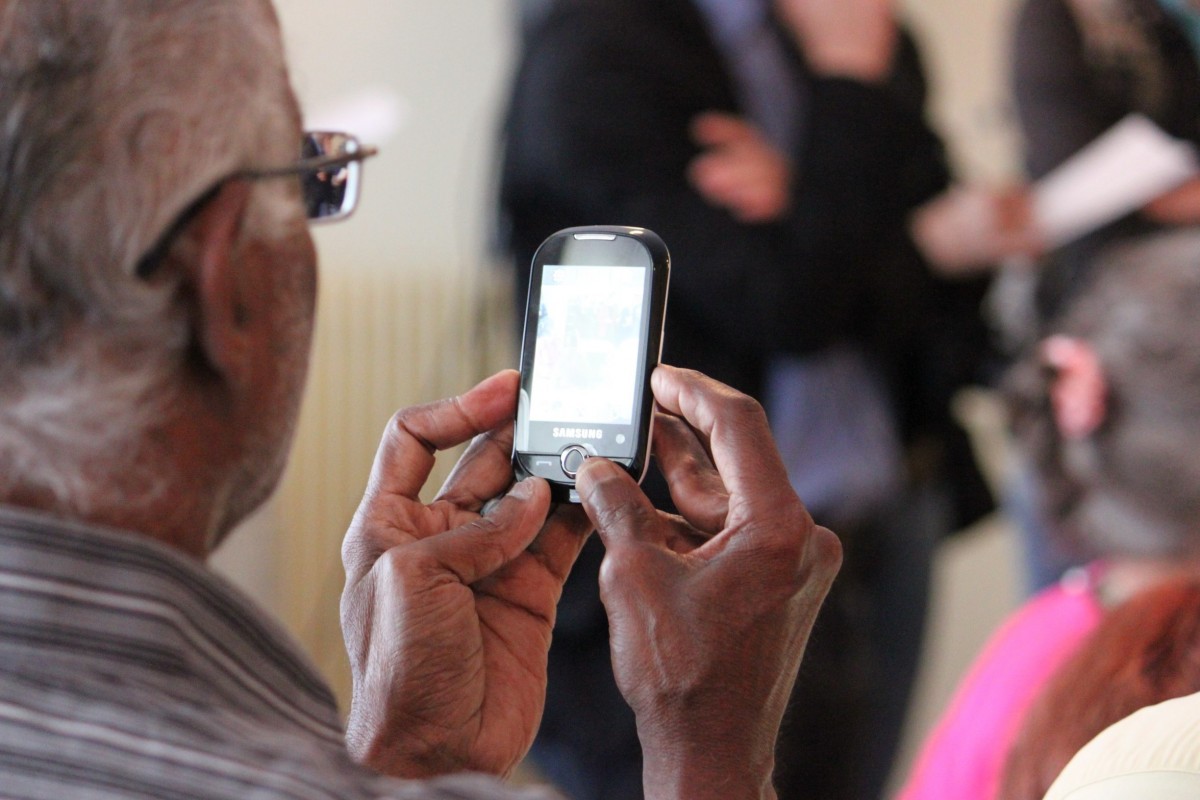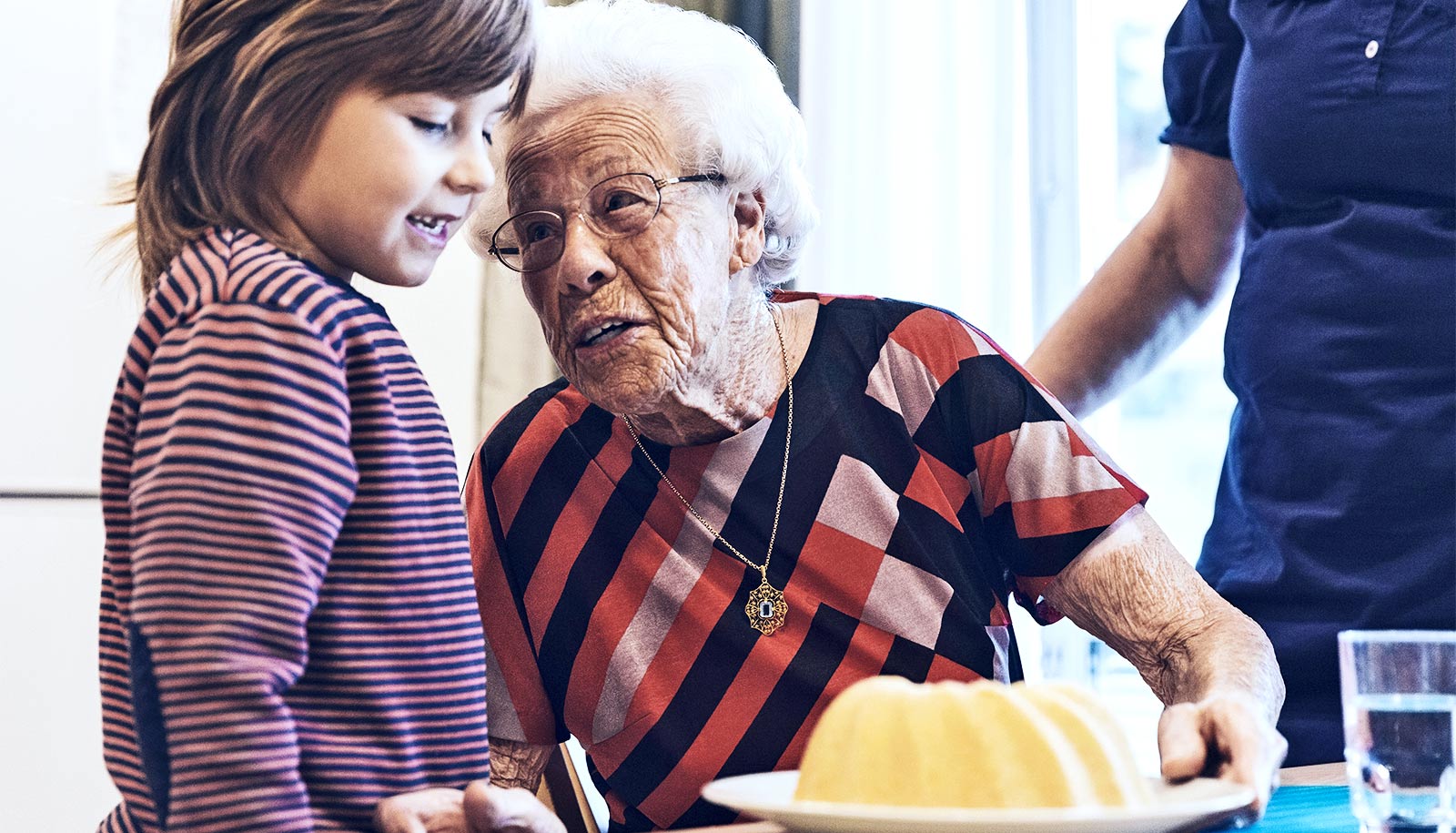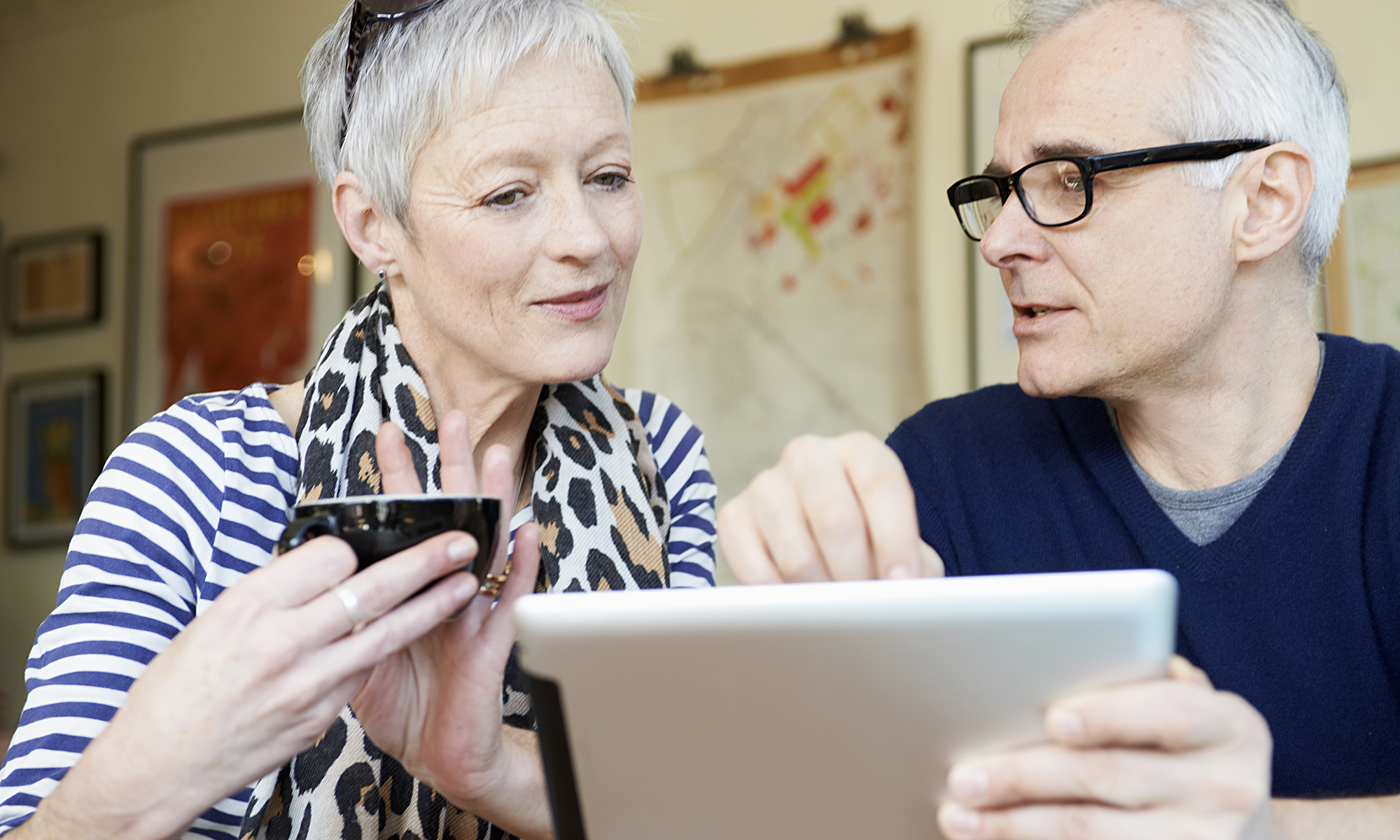How Telecare Can Help Our Elders
Summary
What is the purpose of teleassistance?
Teleassistance: who is concerned?
Types of teleassistance
Price of teleassistance
Assistance for teleassistance
Teleassistance is a daily service that allows a fragile and isolated person to give an alert in case of a problem. This device helps elderly or disabled people to stay at home.
What is teleassistance used for?
Teleassistance is a service that allows a vulnerable person living alone to give the alert quickly in case of a problem (falls, discomfort).
This system allows:
- fragile people to be able to live serenely at home in an autonomous way;
- postpones as much as possible the placement in a specialized institution;
- promotes the feeling of security of the user and his relatives;
- creates a social link by breaking the isolation and solitude.
How does it work?
This service is available 24 hours a day, 7 days a week. The main objective of this service is to remain in permanent contact with a person who will be responsible to:
- help the person in difficulty;
- warn close relatives;
- contact directly the emergency services to help the individual.
Who provides this service?
Teleassistance can be provided by:
- private providers,
- associations,
- emergency medical services.
Teleassistance: who is concerned?

Teleassistance is a device that brings well-being to frail people by allowing them to stay in their familiar environment.
Tele-assistance concerns more particularly:
- home care for the elderly
- home care for disabled people;
- people who are hospitalized at home.
Types of teleassistance
There are different types of teleassistance to preserve the privacy of dependent, elderly or disabled people: home teleassistance, mobile teleassistance, and medical teleassistance.
Home or traditional teleassistance
It allows a vulnerable person to compensate for his fragility by offering protection and assistance.
The equipment is composed of two essential elements: the transmitter and the emitter.
A transmitter is placed in the home of the person concerned. It is connected to the telephone socket and the electrical socket.
The transmitter (alarm): a teleassistance bracelet and/or pendant is worn permanently by the person concerned. The person presses the alarm button in case of a problem.
The device is connected to a security PC. In case of a problem, the security center communicates with the isolated person and calls the emergency services if necessary.
Mobile (or intelligent) teleassistance
At the patient’s home: Triggering an alarm in case of danger thanks to motion sensors.
Outside the house: Geolocation
The new GSM and GPS technologies allow this system to operate reliably and efficiently by quickly locating the person.
Medical teleassistance
This system responds to emergency situations (discomfort, falls) by connecting you with the medical assistance platform.
Emergency doctors can also be called in.
Price of remote assistance
The teleassistance equipment is rented, and its price varies according to the module chosen:
- home teleassistance: about $30 per month
- mobile teleassistance: between $50 and $70 per month,
- medicalized teleassistance: between $30 and $40 per month.
These different rates generally include subscription, rental, and maintenance.
For the first payment, you will have to add: the start-up fees and a deposit check for the rental equipment.
The commercial value of the equipment varies between $700 and $800.
Assistance for telecare
You benefit from assistance within the framework of the service to the person:
If the subscriber is taxable, he or she may have a tax deduction equal to 50% of the subscription.
If the subscriber is not taxable, he/she will benefit from a tax credit.
Some municipalities or departments grant aid to set up the teleassistance system.







